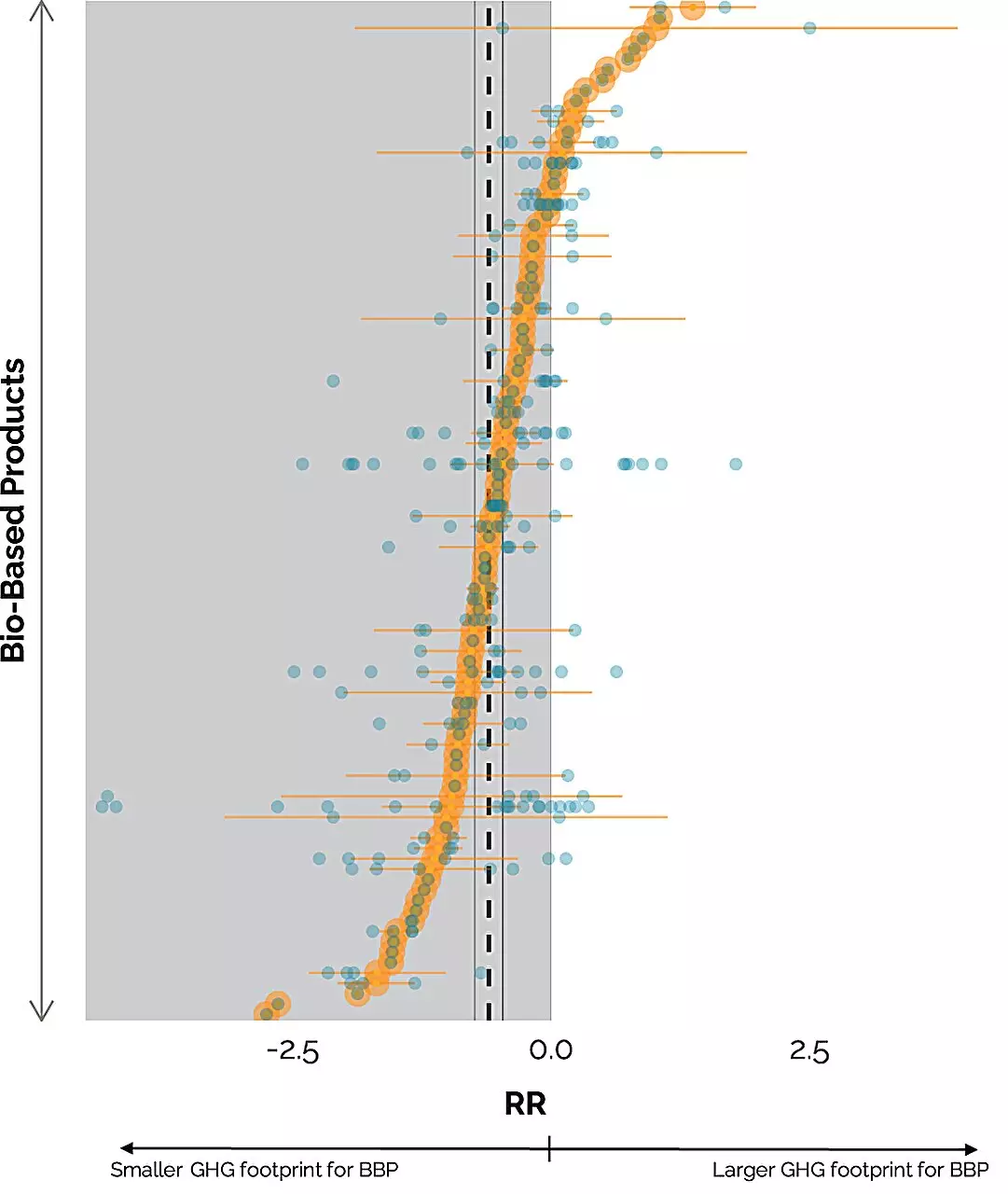Biomaterials, derived from plants, have emerged as a promising solution to mitigate CO2 emissions from fossil fuels. These materials, including bio-plastics and bio-fibers, aim to replace traditional materials made from fossil fuels. Advocates for biomaterials argue that they have a better environmental impact compared to their fossil-fuel counterparts. However, a recent study conducted by Radboud University and the Joint Research Center reveals that the reality is more nuanced than previously thought.
The study analyzed data from 98 new biomaterials reported in 130 international studies, considering the entire life cycle of these materials – from raw material extraction to production and waste processing. The researchers found that, on average, bio-based products emit 45% less greenhouse gas emissions than the fossil materials they aim to replace. This is undoubtedly a significant reduction in CO2 emissions and a step toward addressing climate change.
While the overall decrease in CO2 emissions is promising, the study also highlights that there is a significant variation among individual biomaterials. Some biomaterials come close to being climate-neutral, while others may even emit more CO2 than the materials they are intended to replace. This variation calls for further efforts to ensure complete climate neutrality across the entire production chain of biomaterials.
Reducing CO2 emissions is crucial, but it is essential to consider the potential environmental impacts of biomaterials beyond greenhouse gas emissions. For instance, the production of biomass used for biomaterials may require the use of fertilizers, which can have adverse environmental effects. It is crucial to strike a balance between reducing CO2 emissions and avoiding negative shifts in other environmental areas.
As the demand for sustainable alternatives to fossil-fuel materials continues to grow, it is imperative to conduct further research and invest in the development of biomaterials that have minimal environmental impacts across their life cycle. This research should consider not only CO2 emissions but also other factors such as land use, water consumption, and chemical usage. By taking a holistic approach, we can ensure that the adoption of biomaterials contributes positively to addressing the challenges of climate change and environmental sustainability.
Addressing the environmental impact of biomaterials requires collaboration between researchers, policymakers, and industry stakeholders. By working together, we can establish standards and guidelines for the sustainable production and use of biomaterials, ensuring that their adoption aligns with the goal of achieving a more sustainable future. Furthermore, sharing knowledge and best practices can accelerate the development of biomaterials with improved environmental performance.
While biomaterials show promise as a sustainable alternative to fossil-fuel materials, it is essential to acknowledge the nuances and challenges associated with their adoption. By critically evaluating the environmental impact of biomaterials and promoting collaboration, we can pave the way for a more sustainable and environmentally conscious future. Together, we can strive for a world where our consumption choices align with the health of the planet.


Leave a Reply